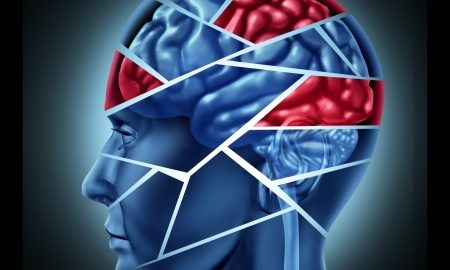Australian Scientists Print Brain Tissue

Researchers in Australia have used a 3D printer to create nerve cells found in the human brain. The neurons were created with a special type of bio-ink derived from stem cells. It is hoped that these printed brain cells will be able to someday help people afflicted by neurological conditions.
3D Printing of Human Cells and Organs
The experiments in Australia take the scientific community one step closer to generating replacement tissue in the lab to treat a variety of human diseases. With this method, the patient’s own blood and skin cells are used to treat debilitating neurological and psychiatric conditions such as schizophrenia, epilepsy, and Parkinson’s disease.
Bio-Ink from Stem Cells
Induced pluripotent stem cells are used to create the bio-ink that generates the 3D neurons. iPSCs are unique in that they have the ability, like embryonic cells, to convert into any type of human tissue. This gives rise to the exciting possibility of regenerating cells, tissues, and organs to replace diseased and injured body parts.
Customized Brain Tissue from Stem Cells
Lead researcher, Dr. Jeremy Crook, of the ARC Centre of Excellence for Electromaterial Science at the University of Wollongong explains that printing customized brain tissue is important to circumvent rejection in the recipient’s body. When the transplanted tissue is similar to the recipient’s own body tissues, the likelihood of an immune reaction is reduced.
Correcting Chemical Imbalances in the Brain
A number of neuropsychiatric conditions are the result of a chemical imbalance in the human brain. These chemicals, known as neurotransmitters, are critical to the functioning of the brain in healthy individuals. Neurotransmitters are produced by specific types of cells in the brain. For instance, schizophrenics and epileptics are known to have defects in the cells that produce GABA and serotonin. People with Parkinson’s disease have defects in the cells that produce dopamine. The 3D printed cells in the laboratory are designed to replace these defective cells and produce the neurotransmitters and their supporting cells known as neuroglia.
3D Printing of Brain Tissue in the Lab
The researchers used the bio-ink to create layers of jelly-like cubes that served as a scaffold for the stem cells. The stem cells were encouraged to grow into neurons and supporting cells. Waste material was removed from the spongey cubes through the holes. A scaled-up version of the experiment would require blood vessels to support tissue growth and transplants.
Risks of 3D printed human tissue
A leading authority in the field of stem cells, Professor Makoto Nakamura, a tissue engineer at Japan’s Toyama University is impressed with the results but warns of possible risks. iPSCs have a tendency to develop into tumors known as teratomas which contain more than one tissue type, such as toenail tissue growing disturbingly in the ovary or tooth tissue growing abnormally in the brain. Contamination with a single immature stem cell can lead to undesirable tissue effects, he explains. The Australian researchers, meanwhile, feel this is the first step towards the ability to create a fully functional human brain using a 3D printer, a task that is admittedly far more complex than what they have achieved thus far.
References:
- http://www.abc.net.au/news/science/2017-07-26/scientists-create-3d-printed-brain-like-tissue-from-stem-cells/8740794


